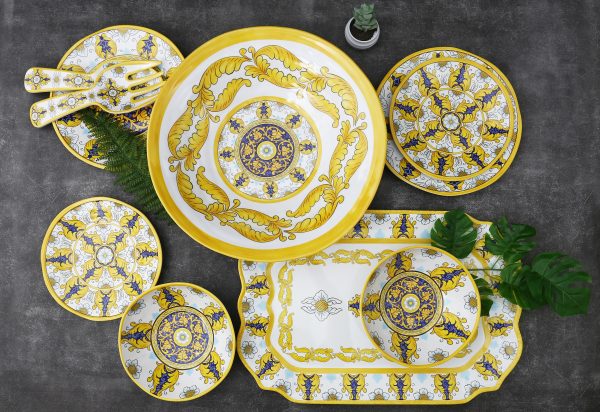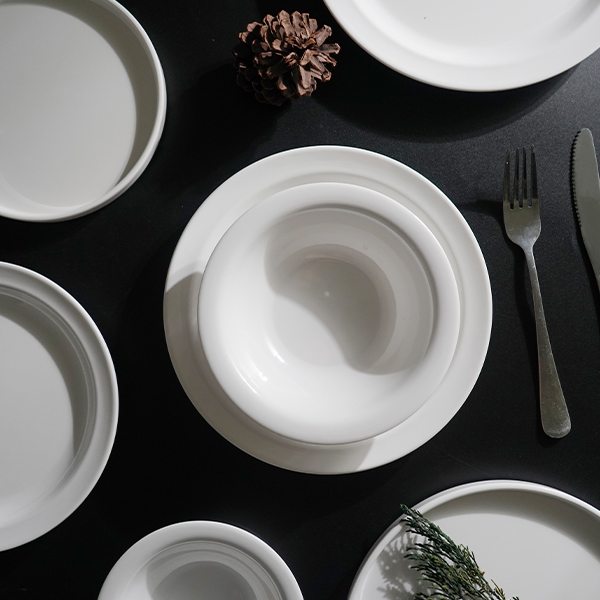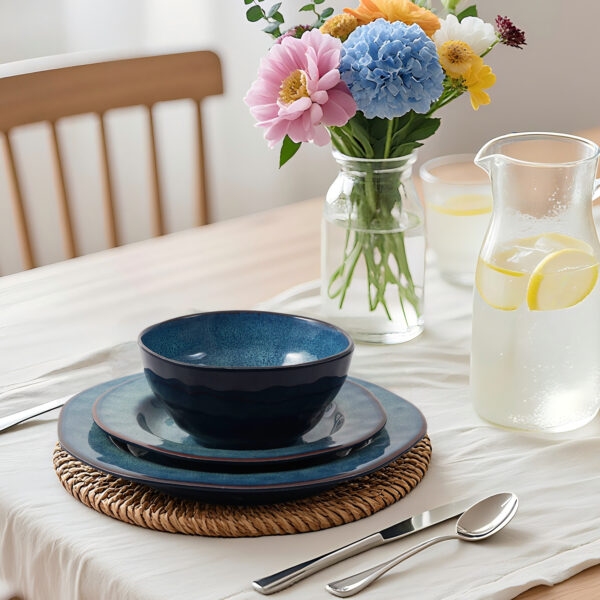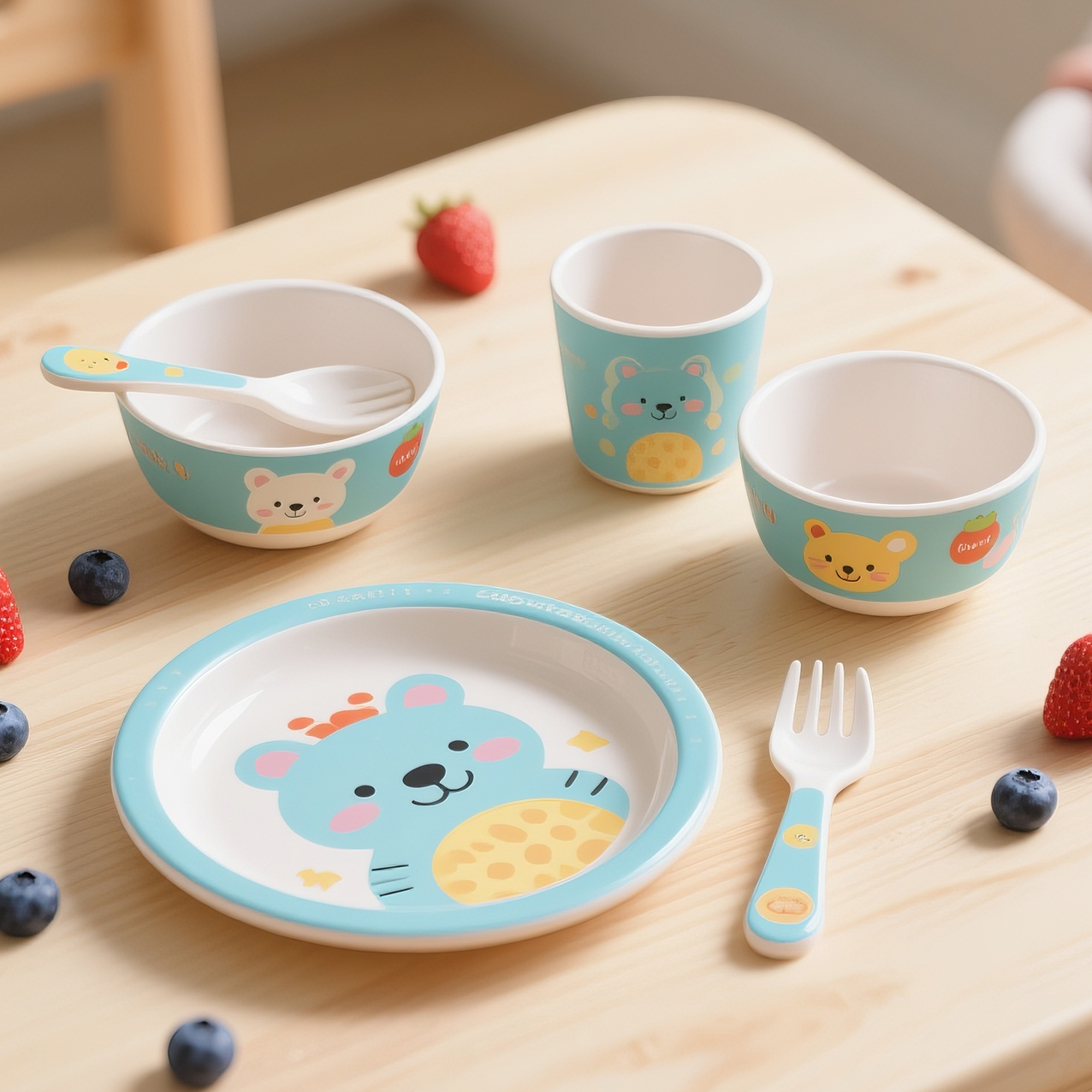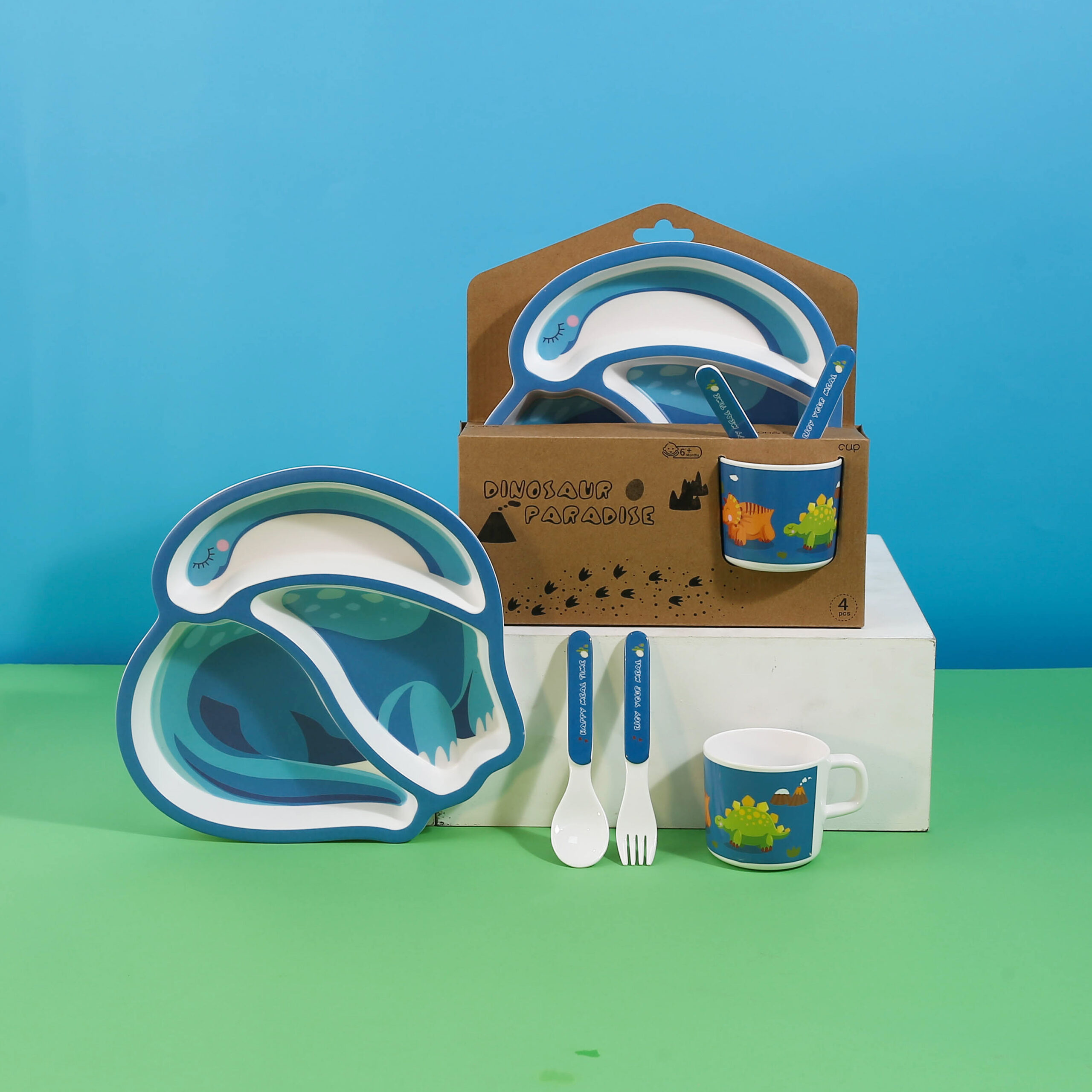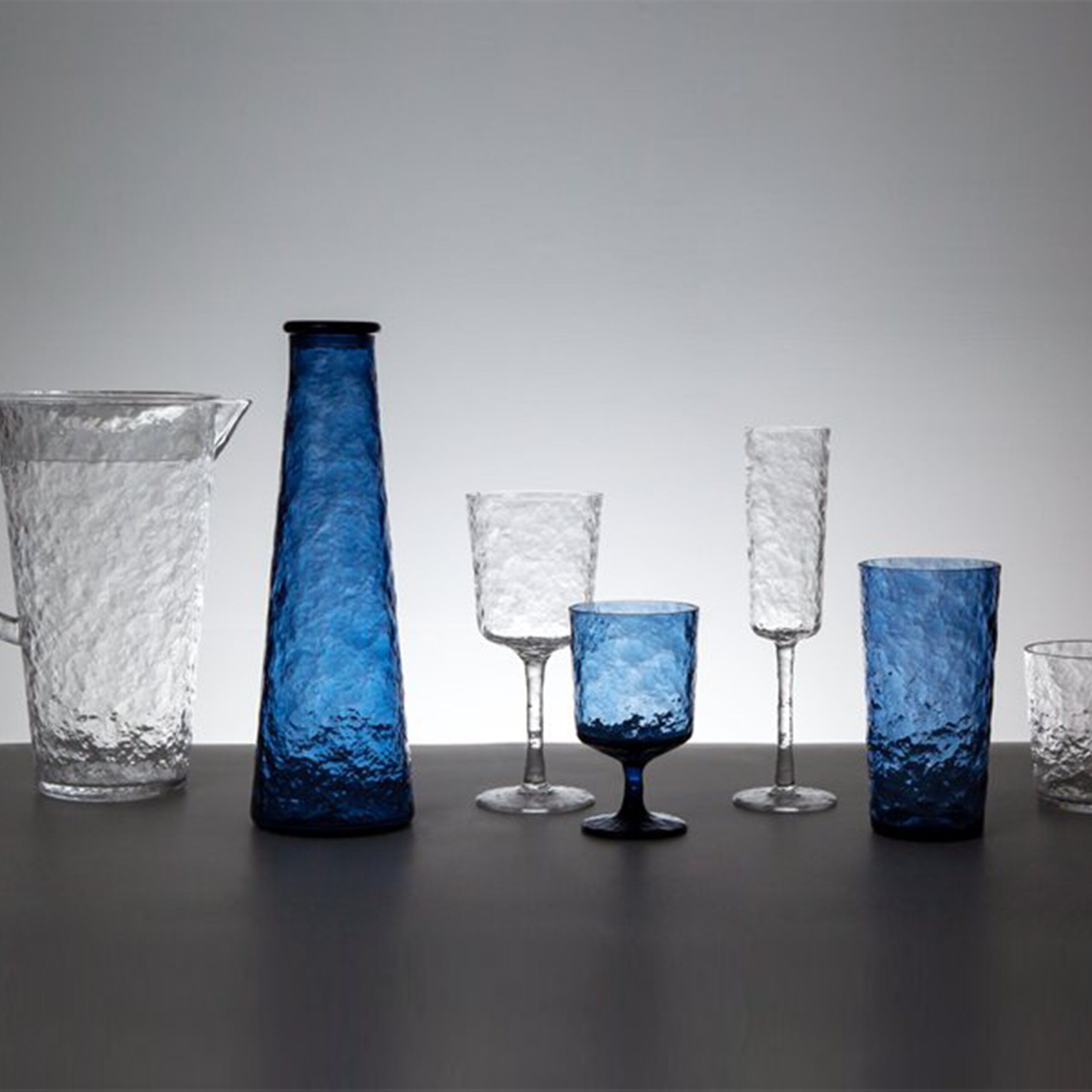Recent surveys indicate that dining manners remain a vital cultural marker: a 2024 YouGov study found that 89% of U.S. respondents close their mouths while chewing and 73% wait for everyone to be served before eating. These concrete behaviors are symptoms of much broader patterns of table culture—the ways that societies organize meals, choose utensils, and ritualize eating.
For example, in Japan chefs and hosts often select seasonal dishes and matching tableware to express respect for nature, while in India the preference for eating with the right hand ties etiquette and hygiene to cultural identity. These customs illustrate how table culture extends beyond mere dining—it embodies respect, tradition, and social values expressed through both manners and tableware.
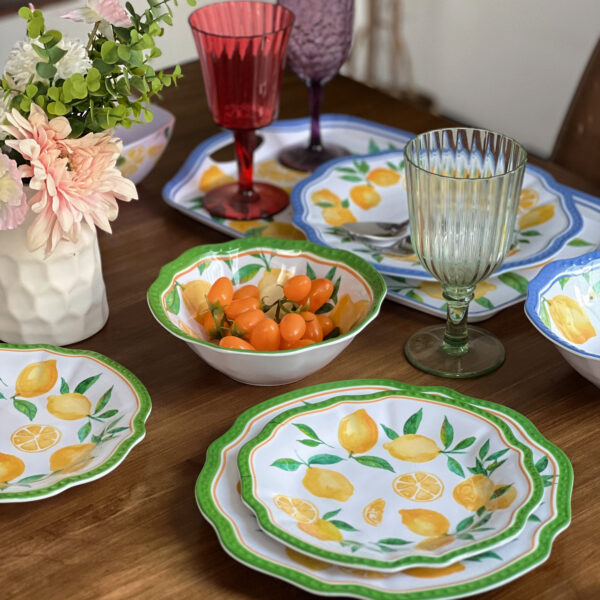
1. Table Culturein Asia
1.1 China — Shared Plates and Communal Table Culture
Chinese dining traditionally emphasizes shared dishes and a communal dynamic.The choice of materials—from porcelain in formal banquets to durable melamine in family and outdoor settings—reflects how functionality and symbolism coexist in everyday meals within this Dining traditions.
1.2 Japan — Seasonality and Minimalist Table Culture
Japanese table culture prizes seasonality, minimalism, and presentation. Multi-course meals (kaiseki) coordinate food, dish, and chopstick placement to tell a seasonal story. Lightweight, lacquer-like melamine alternatives are increasingly used in casual outlets that want to maintain the aesthetic of traditional Dining traditions while improving durability for high-traffic settings.
1.3 India — Hand-Eating and Ritualized Table Culture
In India, hand-eating is widespread and food is often served on banana leaves or metal thalis, rooted in a tactile table culture that links eating with religious and social practices. Tableware designs for these settings must consider ergonomics and cultural respect, demonstrating how product choices are inseparable from local Dining traditions.
2. Table Culturein Europe
2.1 France — Ritualized Table Culture and Formal Service
French dining is a showcase of ceremonial Dining traditions, where the order of courses, specific cutlery, and glassware all have symbolic roles.
2.2 Italy — Family-Focused Table Culture and Informal Elegance
Italian Dining traditions revolves around conviviality: long meals, shared plates, and a relaxed approach to service.
2.3 United Kingdom — Tea Culture and Social Table Culture
British table culture has a strong ritual component in tea service and afternoon gatherings. Tableware for these occasions—fine bone china or casual melamine for garden parties—must respect both the ceremonial and the social dimensions of British Dining traditions.
3. Table Culturein the Americas
3.1 United States – Practical Table Etiquette
This adaptability means that melamine and mixed-material sets are popular because they align with an American table culture that prizes convenience alongside personal expression.
3.2 Latin America — Outdoor Communal Table Culture
Across much of Latin America, communal outdoor meals and festivals reveal a table culture that is loud, colorful, and social. Tableware choices here favor robust, affordable materials that can withstand open-air conditions and large gatherings, reflecting the convivial Dining traditions of the region.
4. Melamine and the Modern Table Culture: Practicality Meets Design
- Melamine: Durability and Safety in Modern Table Culture
Melamine has become central to contemporary Dining traditions in hospitality and retail because it combines three attributes vital to modern dining: durability, safety, and design versatility. Hotels choose melamine for high-turnover service settings where breakage risk and quick handling matter; families select children’s melamine sets for safety and easy cleaning; outdoor events adopt melamine for its shatterproof properties. In each case, the product’s role in facilitating or protecting a particular social ritual is an expression of evolving table culture.
- Melamine and Sustainability: Supporting Eco-Friendly Table Culture
Beyond physical qualities, melamine tableware supports sustainability efforts through reusability, helping reduce single-use plastics in dining environments. Many consumers now prioritize eco-conscious products that do not compromise on aesthetics or functionality, driving innovation in melamine design.
5. Comparative Snapshot of Table Cultureand Tableware
|
Region |
Typical Tableware Choices | Table Culture Focus |
|
East Asia |
Porcelain, lacquer, melamine | Sharing, seasonality, ritual |
|
Western Europe |
China, crystal, silver |
Formality, course order, elegance |
| North America | Mixed materials, melamine |
Flexibility, convenience |
| Latin America | Colorful melamine, ceramics |
Community, outdoor conviviality |
This table highlights how material choices follow the priorities of each region’s table culture.
6. Design, Safety, and Customization in Table Culture
- Design and Safety: Meeting the Needs of Diverse Table Culture
For manufacturers serving hospitality and retail, understanding Dining traditions is essential when developing hotel series, household ranges, or children’s collections. Safety certifications, heat resistance, and non-toxic finishes are not just technical specs: they are requirements driven by how people actually use tableware within their table culture. Thoughtful design that respects local dining customs—while offering durability and cleanability—bridges tradition and modern lifestyle.
- Customization and Cultural Authenticity in Tableware Development
With increasing cultural blending, companies like Vitajoy have expanded their customizable melamine offerings to cater to specific market demands while maintaining cultural authenticity. This focus on customer collaboration underscores the importance of aligning product development with evolving table culture trends.
- Vitajoy and Table Culturein Practice
Vitajoy is a supplier focused on melamine tableware that respects diverse table culture needs—offering hotel series, household sets, and children’s collections designed for real-world use. We understand that tableware must answer cultural expectations while delivering safety and longevity. If you have product needs or wish to develop tailored solutions that honor your local table culture, please contact Vitajoy. Our team will be glad to collaborate and bring culturally attuned tableware to your tables.


